Events
Haunting Chernobyl: 30 Pictures Still Echoing Decades Later
Published
11 months agoon
Soviet citizens went to great lengths to safeguard their fellow neighbors

Forgotten Chernobyl
In the midst of the Chernobyl explosion, Alla Shapiro, a pediatrician at the Children’s Hospital in Kiev, Ukraine, was confronted with an unparalleled obstacle. Being committed healthcare providers, Shapiro and her colleagues had never faced such a devastating catastrophe before. Regrettably, the Soviet government had not established any procedures for managing a nuclear accident, and there was a dire lack of vital medical resources. Consequently, healthcare professionals were compelled to swiftly think on their feet and adapt to the circumstances as effectively as possible. Recounting her encounter with Smithsonian Magazine after thirty years, Shapiro reflected on the events.
Fear and misinformation held sway everywhere.

Gerd Ludwig
In 1986, the Soviet government concealed the disaster from both the global community and its own citizens. By April 29, European television had only provided limited news coverage of the incident. The current government in Kyiv emphasizes the mishandling of the accident by the Soviet authorities and their subsequent efforts to conceal information. Strikingly, it took a staggering 36 hours after the accident occurred before the order to evacuate the impacted region was issued.
Pripyat Remained Normal for Nearly a Full Day, Following Regular Daily Routines
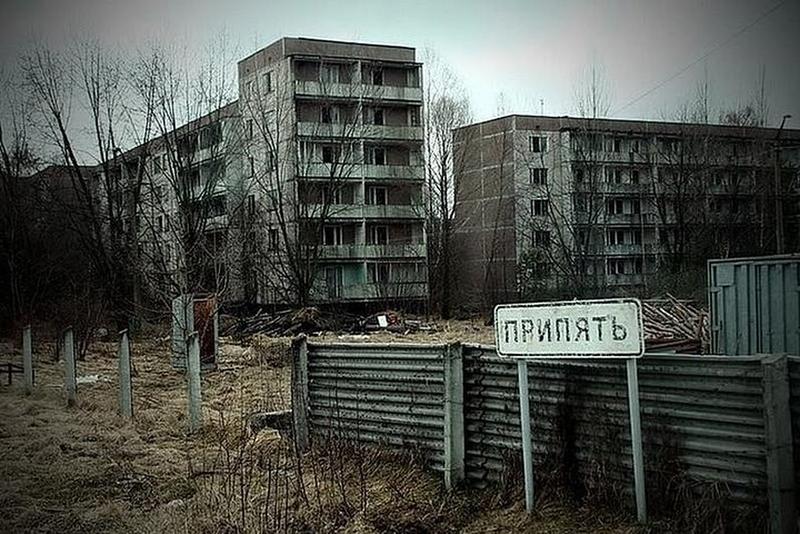
Tripadvisor
Pripyat, a town near Chernobyl, carried on with its daily routines for nearly an entire day, seemingly oblivious to the unfolding disaster just a few miles away. Despite the presence of foam-cleaning trucks in the streets, there were initially minimal indications of the gravity of the situation. The government did not initiate evacuations for the approximately 50,000 residents until the following day, April 27. Assured that their absence would be temporary, the residents hastily packed only essential belongings. Tragically, most of them would never be able to return to their homes.
The lingering effects of the Chernobyl disaster persist to this day.

Ap
The Chernobyl disaster is renowned for its role in a notable rise in cancer cases. Initially, it was deemed the only “major accident” by the International Atomic Energy Agency (IAEA) until the Fukushima meltdowns in Japan occurred in 2011. The effects of Chernobyl are evident in the data: in the 32 years prior to the disaster, 409 reactors were constructed, yet in the subsequent three decades, only 194 were connected to the grid. Although the Ukrainian incident played a role in this shift, other factors were also at play. The 1979 meltdown at Three Mile Island in Pennsylvania also exerted significant influence on the industry. As per nuclear engineer John Large, the implementation of regulations and the demand for transparency following the Three Mile Island incident had an even more substantial impact on the nuclear landscape.
Political Consequences of Chernobyl Persist

Pbs
The media had a significant impact on public opinion regarding the Chernobyl disaster. By extensively covering and spreading information about the immediate and long-term health effects, community displacement, and environmental contamination caused by the release of radioactive materials, people became more aware of the situation. This led to intense discussions about the risks associated with nuclear energy.
The disaster effectively shattered the belief that nuclear power was a clean and safe energy source. It raised concerns about severe accidents, radioactive waste management, and the ability to effectively control nuclear facilities. The incident also highlighted the vulnerability of outdated reactor designs and emphasized the importance of implementing robust safety measures and emergency response plans.
The widespread consequences of the Chernobyl disaster sparked a strong anti-nuclear sentiment. Calls to phase out or abandon nuclear energy gained momentum, as the public’s distrust towards governments, regulatory bodies, and stakeholders in the nuclear industry grew. People demanded transparency, accountability, and greater public involvement in decision-making processes.
Following Chernobyl, debates about the future of nuclear energy became more prominent. Supporters argued that advancements in technology and safety practices could mitigate risks and make nuclear power valuable in a low-carbon energy mix. However, opponents stressed the inherent dangers, potential for catastrophic accidents, long-term environmental impacts, and the availability of alternative renewable energy sources.
Thousands still suffering from illnesses caused by the disaster.
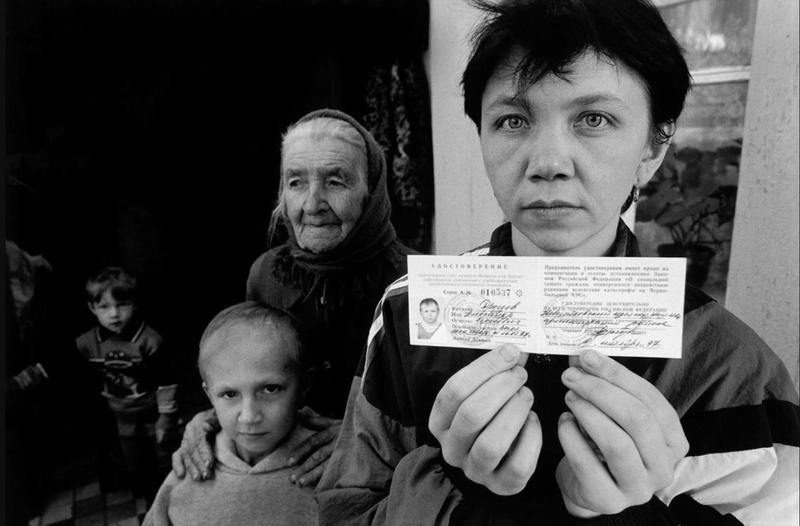
Ap
In 2011, Yuryi Litvinov, who was only 4 years old when the Chernobyl disaster occurred, revealed during an NPR interview that he had been diagnosed with cancer 15 years later, presumably as a consequence of the radiation fallout from the explosion.
Reevaluation of nuclear power underway following meltdown incident
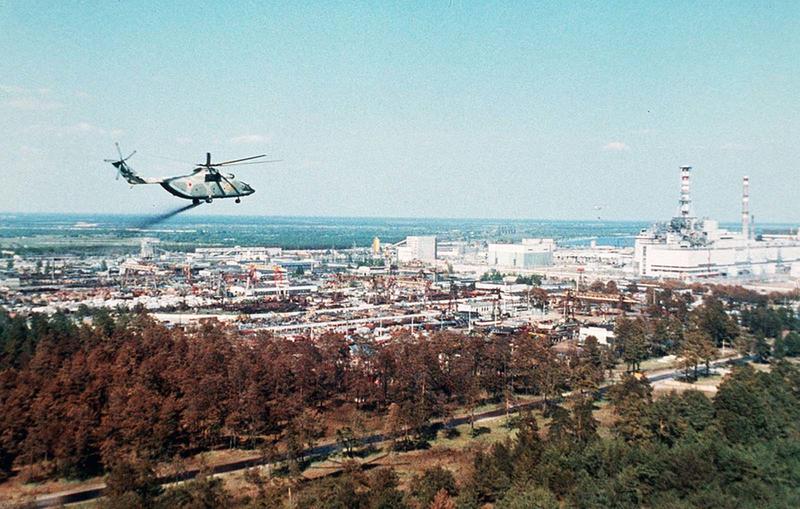
Ap
The global nuclear industry was deeply affected by the Chernobyl disaster, leading to significant safety improvements and shaping public perception of nuclear power. The incident exposed flaws in the design and operation of the RBMK reactors used at Chernobyl, highlighting the disastrous consequences of a core meltdown and emphasizing the need for strict safety measures. This prompted countries with nuclear power plants to reassess reactor designs, emergency response protocols, and regulatory frameworks. Furthermore, the International Atomic Energy Agency (IAEA) played a crucial role in fostering international collaboration and establishing safety standards. In response to the Chernobyl incident, the IAEA introduced the Convention on Nuclear Safety in 1994 with the goal of promoting global cooperation and strengthening nuclear safety.
Radiation Emissions Overwhelm Chernobyl Nuclear Plant Fire, Escalating Disaster
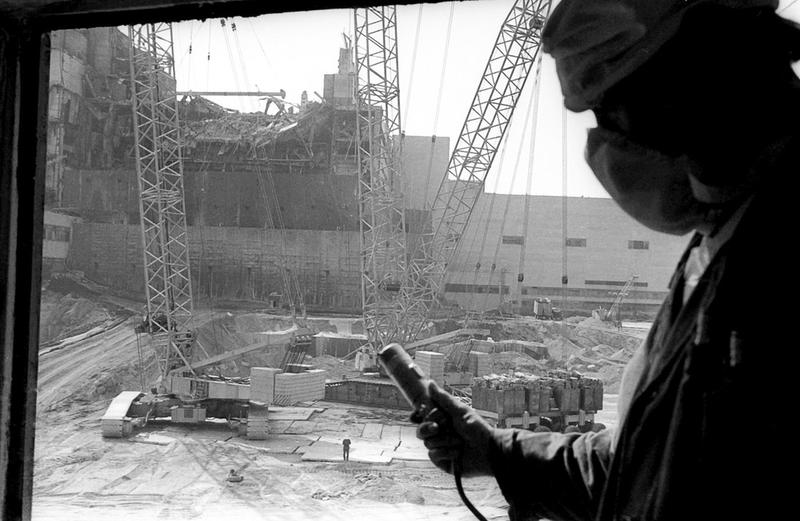
Ap
After the initial explosion, the fire at the Chernobyl nuclear power plant continued for several days, resulting in a significant release of more radioactive material into the atmosphere. Despite not having protective gear for radiation, firefighters quickly arrived at the scene and bravely fought the blaze. Sadly, many of these courageous individuals, who demonstrated extraordinary bravery, ultimately lost their lives due to acute radiation exposure. Eye-witness accounts from the firefighters, as documented in the CBC series Witness, described the taste of radiation as metallic and a sensation similar to pins and needles on their faces. In the days that followed, the devastating consequences of the fire became increasingly evident, with a growing number of casualties among the firefighting team.
Everyone left in a state of uncertainty and confusion after the disaster.
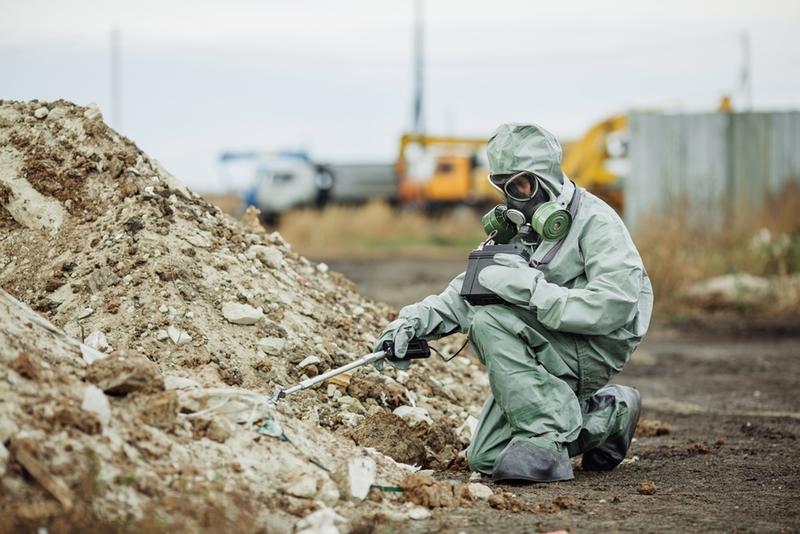
Shutterstock
During the Chernobyl disaster, people were filled with doubt and uncertainty about the unfolding events and the potential aftermath. The fear of radiation was overwhelming, causing anxiety and worry among the public, who were deeply concerned for their safety. Moreover, anger and frustration were pervasive emotions, fueled by the perception that the government had failed to take sufficient action to avert this catastrophic incident.
Years After Catastrophic Incident, Pripyat Remains Deserted

Forgotten Chernobyl
Not only did the Chernobyl accident have devastating human consequences, but it also led to a vast area of land being contaminated by radiation. Surrounding the site is a large exclusion zone that spans 770 miles, rendering it unsuitable for human habitation, logging, and agriculture due to the presence of contaminated plants and soil. However, in 2017, entrepreneurs with an innovative vision found a new purpose for this territory. Solar Chernobyl, a Ukrainian-German company, unveiled plans to construct a solar power plant in the abandoned area. This one-megawatt facility, situated near the damaged Reactor 4, boasted 3,800 photovoltaic panels. Additionally, the Ukrainian government announced that a consortium of companies aimed to eventually generate an additional 99 megawatts of solar power on the same site. While this output is substantial, it still falls short of the former capacity of the now-ruined nuclear power plant, which collectively produced 1,000 megawatts across its four reactors.
Chernobyl Nuclear Power Plant: From Symbol of Progress to a Legacy of Disaster
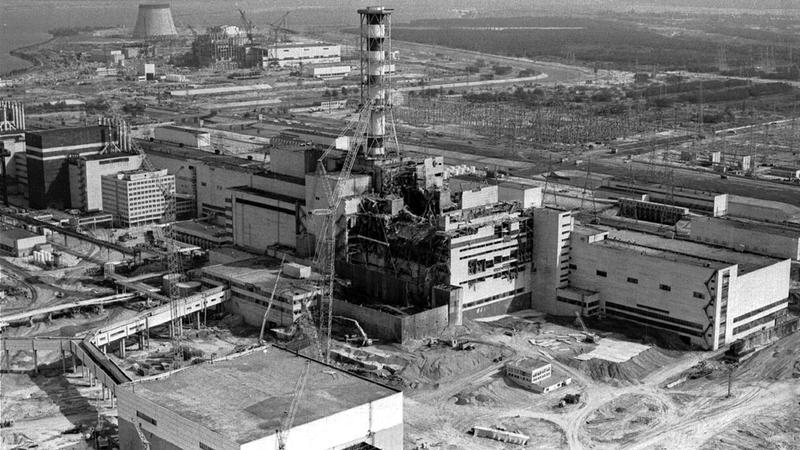
Ap
The Chernobyl Nuclear Power Plant, located near the city of Pripyat in the Ukrainian SSR, was a significant nuclear facility in the Soviet Union. It was built with the purpose of meeting the energy demands of the region. The plant consisted of four RBMK-type reactors, which had the capacity to generate a large amount of electricity. As a result, the Chernobyl Power Plant played a crucial role in satisfying the growing energy needs of the Soviet Union, supporting the country’s industrial development and power distribution network.
Revelations expose government’s attempts to downplay the severity of the disaster

Ria Novosti
In response to the Chernobyl disaster, the Soviet government chose a strategy of secrecy, misinformation, and narrative control. Their primary goal was to downplay the severity of the incident and maintain an image of strength and competence. Immediately after the disaster, they intentionally kept information hidden from the public, both inside and outside the country. This involved censoring news reports, restricting public communication, and controlling scientific discussions. By tightly managing the media, the authorities aimed to control the story and prevent panic or widespread concern. Additionally, the government tried to minimize the scope of the disaster, presenting it as a localized event with minimal impact. They downplayed the health risks and radiation levels, assuring the public that they had the situation under control. This approach aimed to project a sense of capability and authority while hiding the true extent of the catastrophe from both the population and the global community.
Chernobyl Disaster’s Far-Reaching Impact Felt Across Europe
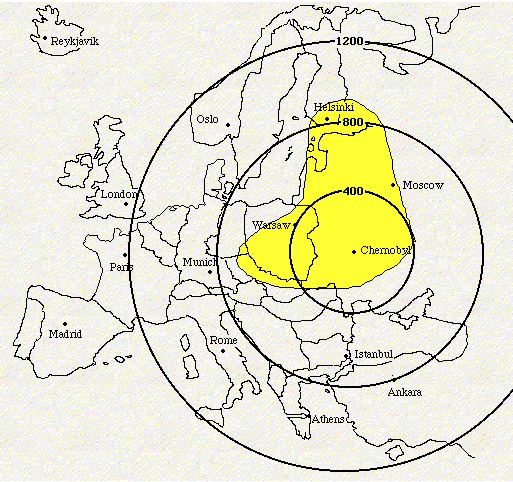
Owt
In a span of 10 days, the damaged Chernobyl power plant released a significant amount of radioactive materials into the atmosphere. These materials included iodine-131, cesium-137, plutonium, and strontium-90. The resulting radioactive cloud dispersed both locally, settling as dust and debris in the nearby area, and over a larger region due to wind patterns. The impact of this disaster was felt in Ukraine, Belarus, Russia, Scandinavia, and other parts of Europe. To mitigate the consequences, Soviet leader Mikhail Gorbachev took action on May 14, mobilizing various individuals such as firefighters, military reservists, and miners to help in the cleanup efforts at the site. Despite working tirelessly and often without proper protective gear, these individuals diligently worked throughout 1989 to remove debris and contain the aftermath of the catastrophe. The radiation fallout from the Chernobyl incident spread across Europe, with the highest levels recorded in Ukraine, Belarus, and Russia. This widespread contamination had serious health effects, including the development of cancer, birth defects, and neurological disorders.
More From History + Heritage
-


Declassified: Chilling Vietnam War Photos Laid Bare
-


Eerie Glimpses of the Past: 60 Forgotten Historical Photos
-


Stunning ’60s and ’70s Photos of a Revolutionary Generation
-


80s Unforgettable Moments: 60 Things We Forgot About
-


50 Creepy Photos That Reveal A Different Side To History
-


Behind-the-Scenes Enigma: 45 Eerie Captured Moments
